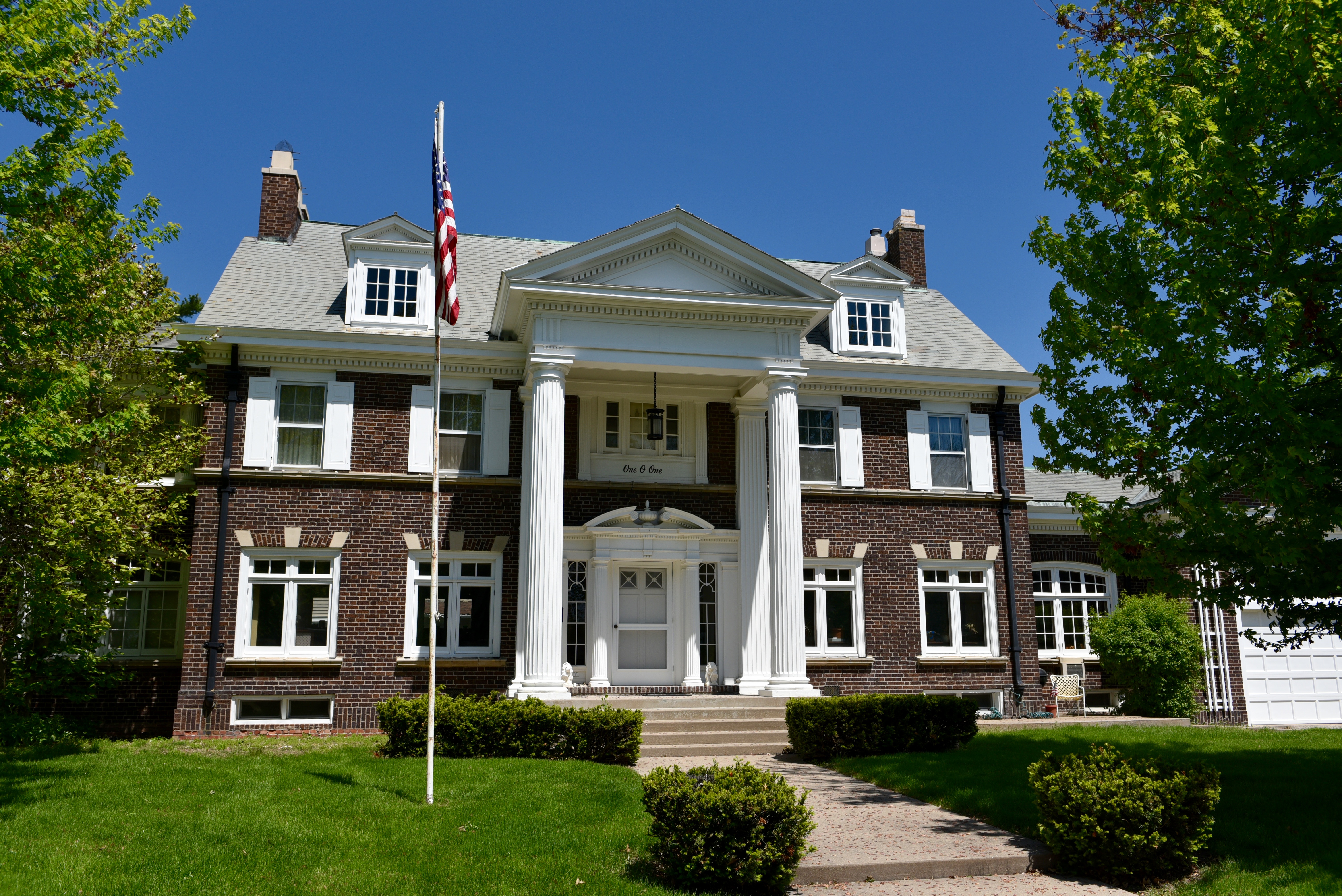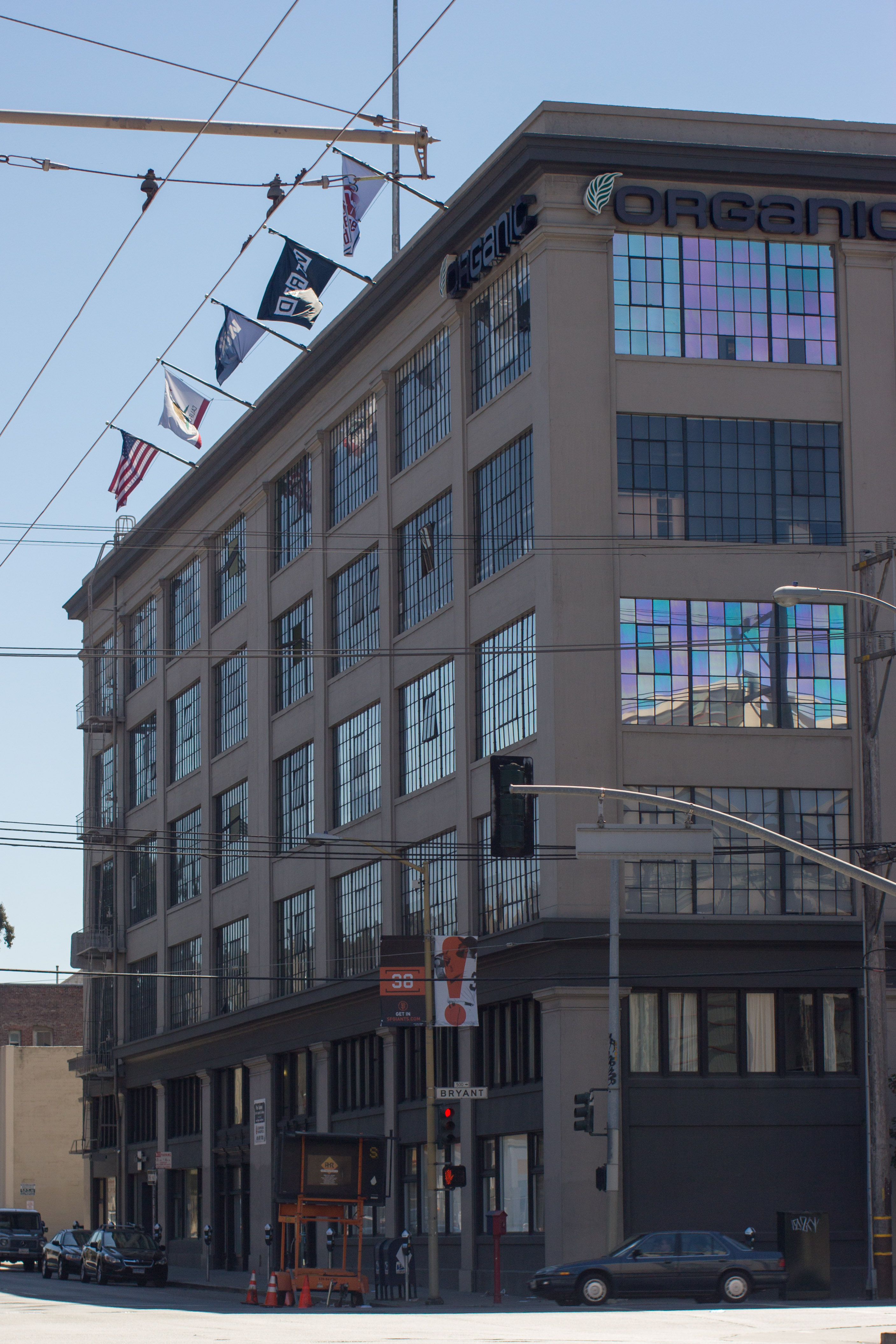|
Bill Atkinson
William Dana Atkinson (March 17, 1951 – June 5, 2025) was an American computer engineer, computer programmer, and photographer. Atkinson worked at Apple Computer from 1978 to 1990. Some of Atkinson's noteworthy contributions to the field of computing include Macintosh QuickDraw and Lisa LisaGraf (Atkinson independently discovered the midpoint circle algorithm for fast drawing of circles by using the sum of consecutive odd numbers), marching ants, the menu bar, the selection lasso, MacPaint ( FatBits), HyperCard, Atkinson dithering, and the PhotoCard application program. Early life and education Atkinson was born in Ottumwa, Iowa, on March 17, 1951. He grew up in Los Gatos, California, the third child of seven born to anesthesiologist John Atkinson and obstetrician Ethel Dana Atkinson. He had two brothers and four sisters. He received his undergraduate degree from the University of California, San Diego, where Jef Raskin, who would go on to develop the Apple Macintosh, ... [...More Info...] [...Related Items...] OR: [Wikipedia] [Google] [Baidu] |
Ottumwa, Iowa
Ottumwa ( ) is a List of cities in Iowa, city in and the county seat of Wapello County, Iowa, United States. The population was 25,529 at the time of the 2020 United States census, 2020 U.S. Census. Located in the state's southeastern section, the city is split into northern and southern halves by the Des Moines River. History The city's name derives from the Native American Meskwaki language, translating to "tumbling waters" in reference to the Appanoose Rapids on the Des Moines River. In May 1843, several investors formed the Appanoose Rapids Company and staked claim to 467 acres of land in the present site of Ottumwa. Their colonization involved claiming land supporting three Indigenous peoples of the Americas, indigenous settlements. The first official cabin was built in May 1843 after the area was opened to settlement (an earlier cabin built in defiance of this date was destroyed by Army troops at that time). The original platt was titled Louis Ville. In 1844 the city was ... [...More Info...] [...Related Items...] OR: [Wikipedia] [Google] [Baidu] |
MacPaint
MacPaint is a raster graphics editor developed by Apple Computer and released alongside the original Macintosh personal computer on January 24, 1984. It was sold bundled with its word processing counterpart, MacWrite, for US$195. MacPaint was notable because it could generate graphics that could be used by other applications. It taught consumers what a graphics-based system could do by using the mouse, the clipboard, and QuickDraw picture language. Pictures could be cut from MacPaint and pasted into MacWrite documents.. The original MacPaint was developed by Bill Atkinson, a member of Apple's original Macintosh development team. Early development versions of MacPaint were called MacSketch, still retaining part of the name of its roots, LisaSketch. It was later developed by Claris, the software subsidiary of Apple which was formed in 1987. The last version of MacPaint was version 2.0, released in 1988. It was discontinued by Claris in 1998 because of diminishing sales. Devel ... [...More Info...] [...Related Items...] OR: [Wikipedia] [Google] [Baidu] |
Wired (magazine)
''Wired'' is a bi-monthly American magazine that focuses on how emerging technologies affect culture, the economy, and politics. It is published in both print and Online magazine, online editions by Condé Nast. The magazine has been in publication since its launch in January 1993. Its editorial office is based in San Francisco, California, with its business headquarters located in New York City. ''Wired'' quickly became recognized as the voice of the emerging digital economy and culture and a pace setter in print design and web design. From 1998 until 2006, the magazine and its website, ''Wired.com'', experienced separate ownership before being fully consolidated under Condé Nast in 2006. It has won multiple National Magazine Awards and has been credited with shaping discourse around the digital revolution. The magazine also coined the term Crowdsourcing, ''crowdsourcing'', as well as its annual tradition of handing out Vaporware Awards. ''Wired'' has launched several in ... [...More Info...] [...Related Items...] OR: [Wikipedia] [Google] [Baidu] |
General Magic
General Magic was an American software and electronics company co-founded by Bill Atkinson, Andy Hertzfeld, and Marc Porat. Based in Mountain View, California, the company developed precursors to "USB, software modems, small touchscreens, touchscreen controller ICs, ASICs, multimedia email, networked games, streaming TV, and early e-commerce notions." General Magic's main product was Magic Cap, the operating system used in 1994 by Sony's Magic Link and the Motorola Envoy PDAs. It also introduced the programming language Telescript. After announcing it would cease operations in 2002, it was liquidated in 2004 with Paul Allen purchasing most of its patents. History Apple project and spinoff (1989) The original project started in 1989 within Apple Computer, when Marc Porat convinced Apple's then-CEO John Sculley that the next generation of computing would require a partnership of computer, communications and consumer electronics companies to cooperate. Known as the Parad ... [...More Info...] [...Related Items...] OR: [Wikipedia] [Google] [Baidu] |
Electronic Frontier Foundation
The Electronic Frontier Foundation (EFF) is an American international non-profit digital rights group based in San Francisco, California. It was founded in 1990 to promote Internet civil liberties. It provides funds for legal defense in court, presents ''amicus curiae'' briefs, defends individuals and new Technology, technologies from what it considers abusive legal threats, works to expose government malfeasance, provides guidance to the government and courts, organizes political action and mass mailings, supports some new technologies which it believes preserve Liberty, personal freedoms and online civil liberties, maintains a database and web sites of related news and information, monitors and challenges potential legislation that it believes would infringe on Liberty, personal liberties and fair use, and solicits a list of what it considers are Patent misuse, abusive patents with intentions to defeat those that it considers are without merit (law), merit. History Foundat ... [...More Info...] [...Related Items...] OR: [Wikipedia] [Google] [Baidu] |
EFF Pioneer Award
The EFF Award, formerly EFF Pioneer Award, is an annual prize by the Electronic Frontier Foundation (EFF) for people who have made significant contributions to the empowerment of individuals in using computers. Venue Until 1998 it was presented at a ceremony in Washington, D.C., United States. Thereafter it was presented at the Computers, Freedom, and Privacy conference. In 2007 it was presented at the O'Reilly Media, O'Reilly Emerging Technology Conference.. The awards are now presented in San Francisco. Winners * 1992: Douglas Engelbart, Robert E. Kahn, Tom Jennings, Jim Warren (computer specialist), Jim Warren, Andrzej Smereczynski * 1993: Paul Baran, Vint Cerf, Ward Christensen, Dave Hughes, USENET developers (accepted by Tom Truscott and Jim Ellis (computing), Jim Ellis) * 1994: Ivan Sutherland, Bill Atkinson, Whitfield Diffie and Martin Hellman, Murray Turoff and Starr Roxanne Hiltz, Lee Felsenstein, and the The WELL, WELL (the Whole Earth 'Lectronic Link) * 1995: Philip ... [...More Info...] [...Related Items...] OR: [Wikipedia] [Google] [Baidu] |
User Interface
In the industrial design field of human–computer interaction, a user interface (UI) is the space where interactions between humans and machines occur. The goal of this interaction is to allow effective operation and control of the machine from the human end, while the machine simultaneously feeds back information that aids the operators' decision-making process. Examples of this broad concept of user interfaces include the interactive aspects of computer operating systems, hand tools, heavy machinery operator controls and Unit operation, process controls. The design considerations applicable when creating user interfaces are related to, or involve such disciplines as, ergonomics and psychology. Generally, the goal of user interface design is to produce a user interface that makes it easy, efficient, and enjoyable (user-friendly) to operate a machine in the way which produces the desired result (i.e. maximum usability). This generally means that the operator needs to provide mi ... [...More Info...] [...Related Items...] OR: [Wikipedia] [Google] [Baidu] |
Graphical User Interface
A graphical user interface, or GUI, is a form of user interface that allows user (computing), users to human–computer interaction, interact with electronic devices through Graphics, graphical icon (computing), icons and visual indicators such as secondary notation. In many applications, GUIs are used instead of text-based user interface, text-based UIs, which are based on typed command labels or text navigation. GUIs were introduced in reaction to the perceived steep learning curve of command-line interfaces (CLIs), which require commands to be typed on a computer keyboard. The actions in a GUI are usually performed through direct manipulation interface, direct manipulation of the graphical elements. Beyond computers, GUIs are used in many handheld mobile devices such as MP3 players, portable media players, gaming devices, smartphones and smaller household, office and Distributed control system, industrial controls. The term ''GUI'' tends not to be applied to other lower-displa ... [...More Info...] [...Related Items...] OR: [Wikipedia] [Google] [Baidu] |
Steve Jobs
Steven Paul Jobs (February 24, 1955 – October 5, 2011) was an American businessman, inventor, and investor best known for co-founding the technology company Apple Inc. Jobs was also the founder of NeXT and chairman and majority shareholder of Pixar. He was a pioneer of the personal computer revolution of the 1970s and 1980s, along with his early business partner and fellow Apple co-founder Steve Wozniak. Jobs was born in San Francisco in 1955 and adopted shortly afterwards. He attended Reed College in 1972 before withdrawing that same year. In 1974, he traveled through India, Hippie trail, seeking enlightenment before later studying Buddhism in the West#Emerging mainstream western Buddhism, Zen Buddhism. He and Wozniak co-founded Apple in 1976 to further develop and sell Wozniak's Apple I personal computer. Together, the duo gained fame and wealth a year later with production and sale of the Apple II, one of the first highly successful mass-produced microcomputers. Jobs saw ... [...More Info...] [...Related Items...] OR: [Wikipedia] [Google] [Baidu] |
Computer History Museum
The Computer History Museum (CHM) is a computer museum in Mountain View, California. The museum presents stories and artifacts of Silicon Valley and the Information Age, and explores the Digital Revolution, computing revolution and its impact on society. History The museum's origins date to 1968 when Gordon Bell began a quest for a historical collection and, at that same time, others were looking to preserve the Whirlwind (computer), Whirlwind computer. The resulting ''Museum Project'' had its first exhibit in 1975, located in a converted coat closet in a Digital Equipment Corporation, DEC lobby. In 1978, the museum, now ''The Digital Computer Museum'' (TDCM), moved to a larger DEC lobby in Marlborough, Massachusetts and opened to the public in September 1979. Maurice Wilkes presented the first lecture at TDCM in 1979 – the presentation of such lectures has continued to the present time. TDCM incorporated as ''The Computer Museum, Boston, The Computer Museum'' (TCM) in 1982. ... [...More Info...] [...Related Items...] OR: [Wikipedia] [Google] [Baidu] |
Jef Raskin
Jef Raskin (born Jeff Raskin; March 9, 1943 – February 26, 2005) was an American human–computer interface expert who conceived and began leading the Macintosh project at Apple in the late 1970s. Early life and education Jef Raskin was born in New York City to a secular Jewish family, whose surname is a matronymic from "Raske", Yiddish nickname for Rachel. He received a BA in mathematics and a BS in physics with minors in philosophy and music from Stony Brook University. In 1967, he received a master's degree in computer science from Pennsylvania State University, after having switched from mathematical logic due to differences of opinion with his advisor. Even though he had completed work typical for a PhD, the university was not accredited for a PhD in computer science. The first original computer application he wrote was a music application as part of his master's thesis. Raskin later enrolled in a graduate music program at the University of California, San Diego (UC ... [...More Info...] [...Related Items...] OR: [Wikipedia] [Google] [Baidu] |







